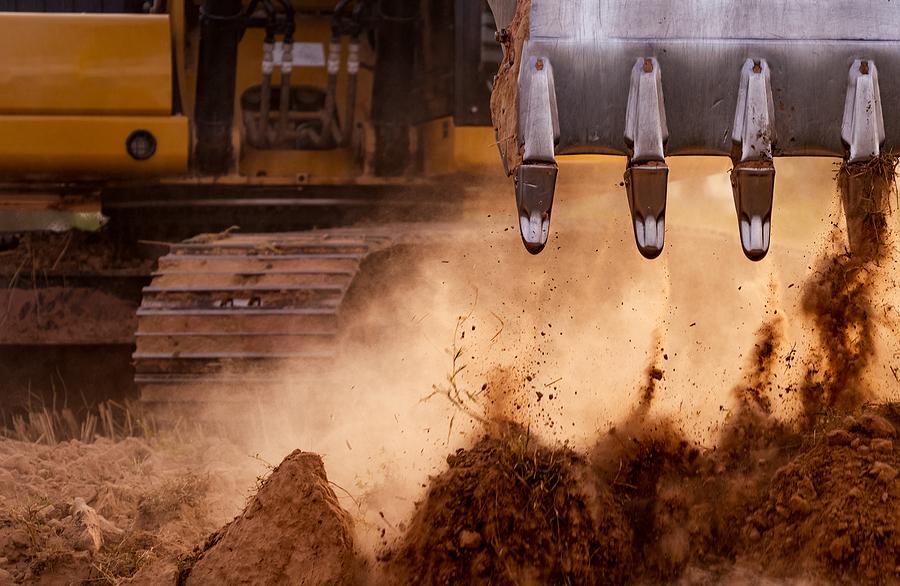Who Invented The Excavator Machine?
Modern construction is practically impossible without the power of excavators such as those produced by Sany, and as the capabilities and designs of these powerful shovelling machines have evolved, so too has the world that they have helped to shape.
Without the powered excavator, initially known as the steam shovel due to the early steam-powered engines that gave them their exceptional force, the modern world as we know simply could not have existed.
However, whilst often credited to American engineer William Otis who was issued a patent in the United States for the invention in 1839, 15 years before his cousin Elisha showcased the modern safety elevator, the steam shovel is at least four decades older than this.
Its origins can be found not in Philadelphia, but instead in Sunderland by way of Birmingham, and had involvement from the inventor of the steam engine itself, James Watt.
In 1796, around the time that Mr Watt had founded the engineering firm Boulton & Watt with business partner Matthew Boulton, they received an order for a steam engine from a Mr John Grimshaw from Sunderland.
The request, for a four horsepower engine situated in a flat-bottomed boat, was designed to power machines designed to dredge up dirt and debris to clean Sunderland Harbour and make it fit for purpose.
The design used the steam engine to power what were described as four “spoon dredges”, which were canvas or leather nets tied around an iron pole that would pull dirt from the bottom of the harbour and winch it into a collection area.
Whilst it barely resembled the steam shovel that would literally shape the modern world by literally clearing the way for the railway network, let alone the hydraulic excavators we know today, it worked and was a statement of intent for what powered construction equipment could do.
The first ever excavator would be used from 1896 until 1807 when a more powerful model replaced it.


